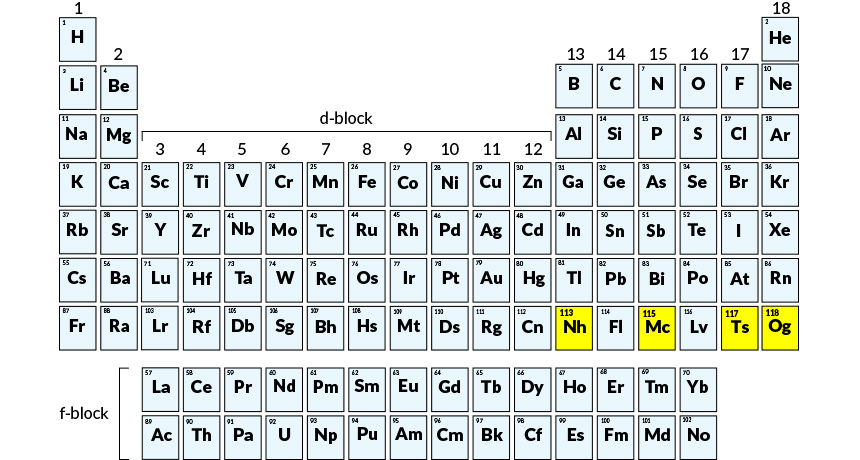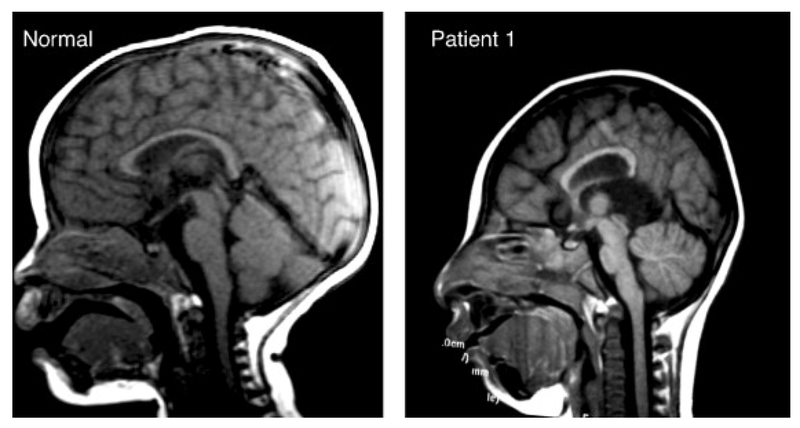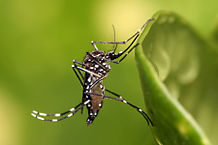An outbreak of Middle East respiratory syndrome (Mers) has claimed lives in South Korea.The World Heath Organization (WHO) says the new coronavirus appears to be passing between people in close contact.It is the biggest outbreak of Mers, which is similar to the Sars virus, outside the Middle East.
It is a type of coronavirus. Coronaviruses are a large family of viruses which includes the common cold and Severe Acute Respiratory Syndrome (Sars).The first Mers fatality was recorded in June 2012 in Saudi Arabia. According to the World Health Organization (WHO), at least 449 people have now died from the virus.
Mers is a virus that is transmitted from animals to humans. The WHO says that camels are likely to be a source of Mers infection but the exact route of transmission is not yet known.There have been cases where the virus has spread between two people but close contact seems to be needed.
Cases have been confirmed in 25 countries in the Middle East, Europe and Asia. The majority of the cases have been reported in Saudi Arabia.In May 2015, two new countries joined the list: China and South Korea.
Coronaviruses cause respiratory infections in humans and animals. Symptoms are a fever, cough and breathing difficulties.It causes pneumonia and, sometimes, kidney failure.
It is possible the virus is spread in droplets when an infected person coughs or sneezes.The fact that close contacts appear to have been infected suggests that the virus does have a limited ability to pass from person to person.
Mers is not thought to be very contagious.Up to now, most human cases have been the result of human-to-human transmission in a healthcare setting, the WHO says.How that infection occurs is still not fully understood.
Experts believe the virus is not very contagious. If it were, we would have seen more cases.Coronaviruses are fairly fragile. Outside of the body they can only survive for a day and are easily destroyed by common detergents and cleaning agents.
The greatest global concern, however, is about the potential for this new virus to spread far and wide. So far, person-to-person transmission has remained limited to some small clusters. There is no evidence yet that the virus has the capacity to become pandemic.
Doctors do not yet know what the best treatment is, but people with severe symptoms will need intensive medical care to help them breath. There is no vaccine.As of June 2015, the WHO said about 36% of reported patients with Mers had died.
Experts do not yet know where the virus originated. It may have been the result of a new mutation of an existing virus.Or it may be an infection that has been circulating in animals and has now made the jump to humans.
Coronaviruses are common viruses that most people get some time in their life. Their name comes from the crown-like spikes that cover their surface.Human coronaviruses were first identified in the mid-1960s.Other variants infect many different animals, producing symptoms similar to those in humans.
Sars is thought to have infected more than 8,000 people, mainly in China and South-East Asia.Most coronaviruses usually infect only one animal species or, at most, a small number of closely related species.Sars was different: being able to infect people and animals, including monkeys, cats, dogs, and rodents.
Sars is thought to have infected more than 8,000 people, mainly in China and South-East Asia, in an outbreak that started in early 2003. The illness spread to more than two dozen countries in North America, South America, Europe, and Asia before the global outbreak was contained.Experts established that Sars could spread by close person-to-person contact.According to the WHO, 774 people died from the infection. Since 2004, there have not been any known cases of Sars reported anywhere in the world.
It’s not known exactly how people catch this virus. However, some general measures may help prevent its spread – avoid close contact, when possible, with anyone who shows symptoms of illness (coughing and sneezing) and maintain good hand hygiene.






